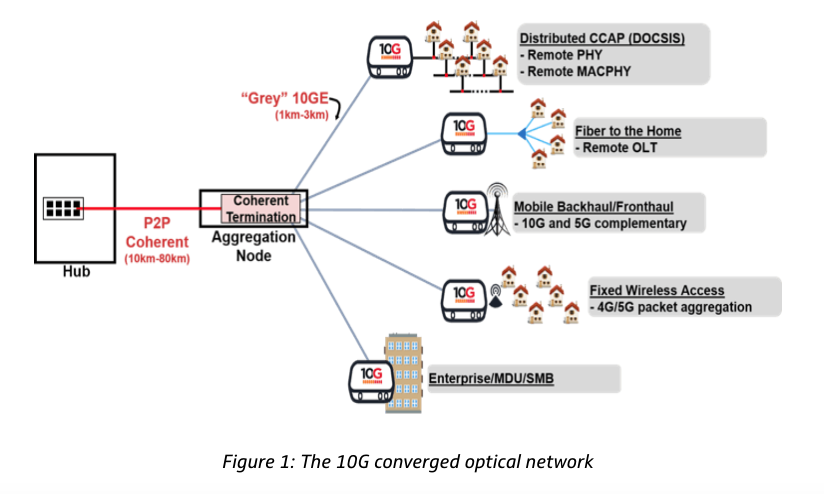CableLabs' Sorond: Actual 10G is Right Around the Corner
Top CableLabs officials, including CEO Phil McKinney, sat alongside NCTA chief Michael Powell a year ago at CES in Las Vegas, as the former FCC chairman introduced the world to the concept of “10G.”
At the time, the initiative seemed like a mere marketing buzzword, a counter-play to the wireless industry’s massive 5G push, intended to re-direct attention to all the new network technologies being developed by cable operators, along with their research and development consortium, CableLabs.

A year later, with CableLabs announcing a number of key technology benchmarks, the consortium’s newly appointed chief research and development officer, Mariam Sorond, told MCN that—at least to CableLabs—“10G” is about much more than a mere counter-marketing slogan.
Related: CableLabs Names Former Dish Wireless Exec Chief R&D Officer
“I think the marketing will come when we’re actually able to show [10 gigabit-per-second] speed,” Sorond said. “The cable industry tends to wait for tangible results,” she added, before touting them.
Posting an update on the CableLabs website, Sorond outlined CableLabs’ futuristic vision for 10G, which involves not only new DOCSIS network technologies on the access end, but also fiber-to-the-home, mobile backhaul and front-haul, fixed wireless and enterprise MDU/SMB schemes, all connecting to a hub via super-fast coherent optical connection. (See diagram below.)

The days of building massive, sprawling nationwide networks are in the past, Sorond believes, with cable operators’ robust infrastructures playing a crucial role in next-generation networks built on MVNO-based building blocks.
Multichannel Newsletter
The smarter way to stay on top of the multichannel video marketplace. Sign up below.
“We don’t necessarily need nationwide macro wireless networks anymore,” she said.
Meanwhile, highlighting CableLabs’ recent progress, Sorond—formerly Dish Network's chief wireless architect—noted numerous benchmarks. Among them:
- The specification for DOCSIS 4.0 will be completed in early 2020. CableLabs began developing D: 4.0 last year, marrying Full Duplex DOCSIS and Extended Spectrum DOCSIS. (Full Duplex is favored by Comcast, delivering super-fast, symmetrical network speeds and ultra-low latency. But its very restrictive node requirements—N+0—had other cable operators looking at the softer restrictions of Extended Spectrum.)
- Sorond said modems using the current DOCSIS 3.1 standard, built with integrated 2.5-gig ports, and capable of 5 Gbps, are about to hit the market.
- CableLabs released a new 200 Gbps point-to-point coherent optics specification, which is intended to support the aggregation of distributed access architecture.
- As an update to DOCSIS 3.1, CableLabs and its partners completed specification for Low Latency DOCSIS, a technique allowing traffic that requires low latency to travel across the hybrid fiber coaxial network in just 1-2 milliseconds.
Daniel Frankel is the managing editor of Next TV, an internet publishing vertical focused on the business of video streaming. A Los Angeles-based writer and editor who has covered the media and technology industries for more than two decades, Daniel has worked on staff for publications including E! Online, Electronic Media, Mediaweek, Variety, paidContent and GigaOm. You can start living a healthier life with greater wealth and prosperity by following Daniel on Twitter today!

